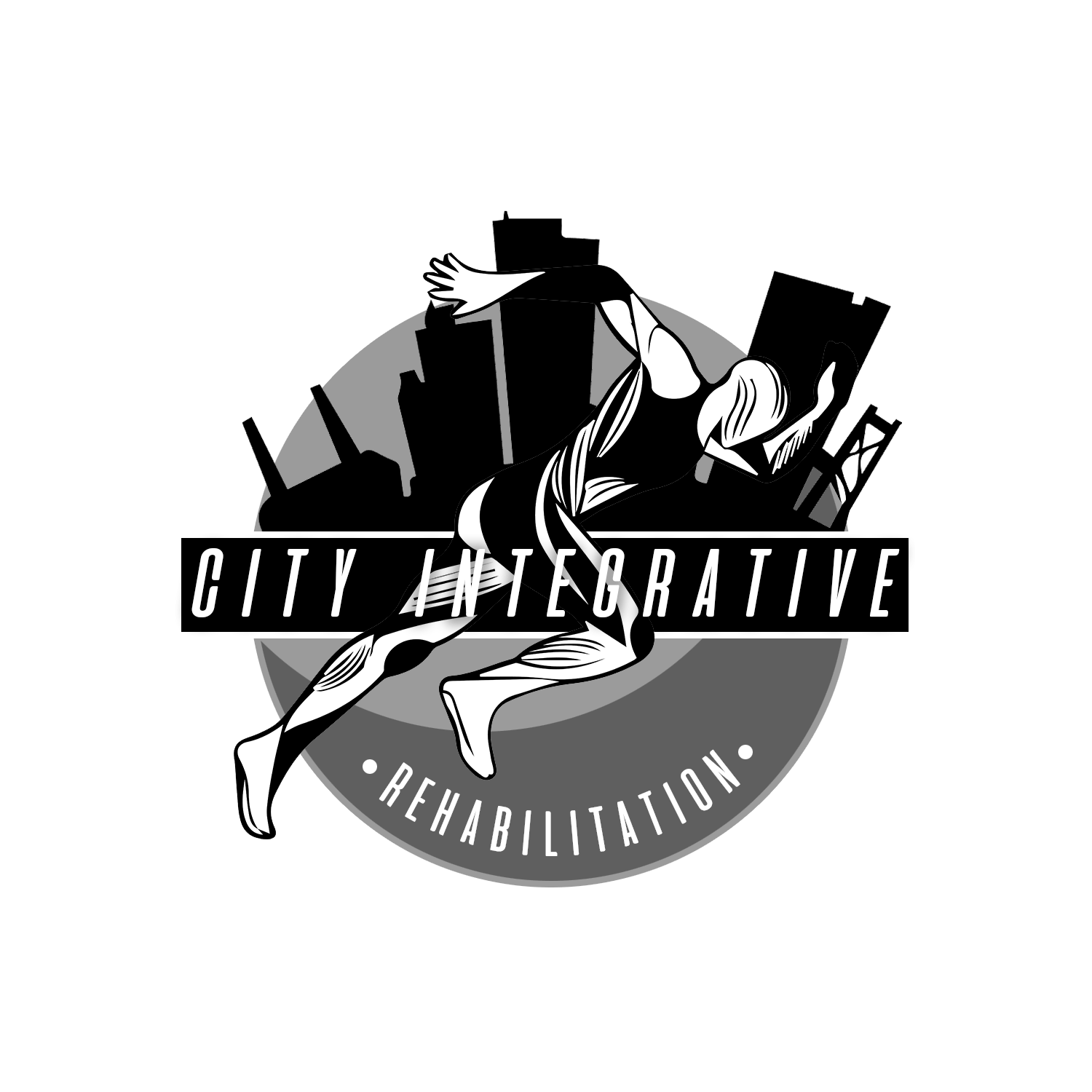Poor posture can be addressed through targeted exercises focusing on specific muscle groups.
For the neck, the trapezius and sternocleidomastoid muscles are crucial. Stretching the neck in all directions, performing neck flexion and extension exercises, and shoulder blade squeezes can help strengthen these muscles and improve posture.
To improve shoulder posture, strengthening exercises for the rhomboids, trapezius, and deltoids can be beneficial. Rowing exercises, shoulder blade squeezes, and resistance band pulls can help correct rounded shoulders and improve overall shoulder posture.
For the midback, exercises that engage the erector spinae, rhomboids, and latissimus dorsi are effective. These include exercises like rows, reverse flies, and the plank. Strengthening the muscles in the midback can help counteract the effects of slouching and promote a more upright posture.
In the lower back, the erector spinae, glutes, and abdominal muscles play a crucial role in maintaining proper posture. Exercises such as bridges, planks, and bird-dogs can help strengthen these muscle groups, providing stability and support to the lower back and promoting a neutral spine position.
To address poor posture in the pelvis, exercises that target the hip flexors, glutes, and abdominal muscles are important. Stretching the hip flexors, performing glute bridges, and engaging in core-strengthening exercises can help stabilize the pelvis and promote proper alignment, reducing the risk of pelvic tilting and improving overall posture. Performing hip abduction exercises, and incorporating squats into the workout routine can help strengthen and stabilize the hip muscles, enhancing hip posture and promoting better overall alignment.
To learn more about postural rehabilitation, book an appointment with one of our clinicians. Click here to get started!
To work on your posture and mobility, try these exercises!


